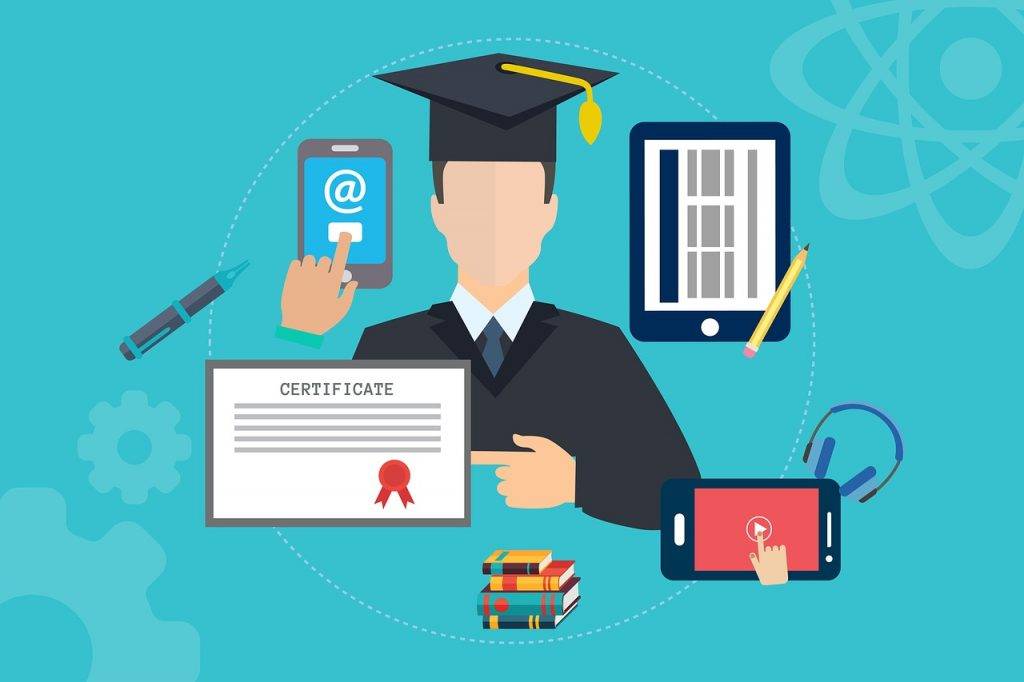It is a fact commonly acknowledged by a vast body of research and experts that children should have limited and restricted screen time. Using the internet and devices for several hours a day can impair their cognitive development, cause long-term problems in attention span, concentration, and accumulation of knowledge and even trigger certain disorders. Education technology on the other hand especially when used correctly can revolutionize the way your child goes about homework or independent learning.
 Edtech Should Increase Outreach
Edtech Should Increase Outreach
Many students cannot attend school or courses at regular hours or may have financial or other socio-economic factors in place that prevent them from keeping on top of regular classes. Edtech products and projects should seek to bridge the gap and provide educational opportunities to all students, particularly those that are underprivileged or have health concerns that prevent a normal schooling routine.
Edtech can be great for learning about history or other cultures and can open up avenues for children regardless of their status to improve their knowledge and test scores. Children that cannot attend regular hours can take tests, complete assignments, and get teacher advice and help through edtech programs at their convenience in many cases. Ideally, edtech should have an enhancing effect on traditional educational practices, not a replacement effect.
Edtech Should Be A Collaborative Experience
Children perform better in academic tasks when there is a degree of direction and repetition, especially in conjunction with an educator or parent. Teachers and educators should provide vital training at the offset of an edtech initiative being introduced and then work with the child until they can operate it effectively themselves. In many cases, it is best for teachers and parents to have a collaborative role in enabling the child to benefit from the mechanisms in the edtech product.
Edtech should also be utilized as a vital communication tool and feedback portal back and forth from the teacher to the student. If it adds value to interaction, it can have a lasting impact on the child’s academic progress. The inclusion of STEM (science, technology, engineering, math) which includes practical and advanced skills can be taught very well through education technology software and programs.
Ease Of Use
Young children have a limited attention span and if education technology is to capture their interest and attention for hours at a time, it needs to be remarkably user-friendly. Many edtech companies provide compulsory free training and tutorials not just to teachers but also to students to help them adjust. Even for more physical methods of teaching such as using a 3d vacuum heat press to customize student projects or create a sense of community, the ease of use principle proves very important.
Teachers and educators in general should only seek to implement edtech initiatives that have been tested for primary children and proven to be effective. Letting children provide feedback on how various features work for them or not is a vital part of the learning and implementation process. Teachers should also work with parents and teach them the basics of the edtech software that is being used so that they can help out or supervise homework assignments.












[…] same time, technological proficiency is becoming increasingly important. Given the integration of technology in education, those who may not be tech-savvy should consider additional training or support in this regard. […]
As the use of technology in education becomes more prevalent, it is important to establish guidelines for young children using educational technology. Parents and educators should ensure that the technology being used is age-appropriate and provides educational benefits. It is also important to limit screen time and encourage children to engage in other activities. Staying informed about new innovations in technology is crucial for parents and educators to provide the best resources for children. The latest innovations have the potential to shape the future of education and society as a whole. Additionally, innovations in healthcare have greatly improved the quality of life for many individuals. Great Post.